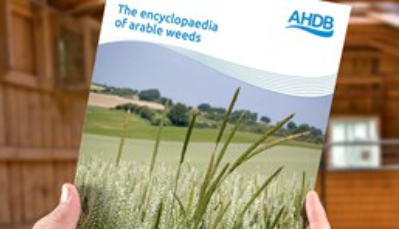Download the encyclopaedia of arable weeds
How to identify weeds in arable fields
To aid weed identification, our guidance features photographs of each weed at four growth stages – capturing the most striking features. It also provides details of the weeds’ life cycle and its typical distribution in the UK.
As it is relatively simple to classify a weed as either a broad-leaved weed or grass weed, a web page has been published to group weeds by each type. On each of these pages, the weeds are ordered alphabetically by common names.
How to identify broad-leaved weeds
Each seed contains two initial leaves, called cotyledons (dicotyledonous).
How to identify grass weeds
Each seed contains one initial leaf – a cotyledon (monocotyledonous).
Online 'weed manager'
Alternatively, use the online 'weed manager' tool to identify the populations present in your fields.
Use key features to identify weeds
Further information
Originally put together with combined funds from AHDB and Defra, the Encyclopaedia of arable weeds was rebranded in 2018. To makes it even easier to identify and manage arable weeds, the publication was converted to web pages in 2021.
Before applying herbicides, always check product labels for recommendations and approvals.
Managing arable weeds across the rotation
Weed control is vital for high yields of good-quality arable crops and to help manage the spread of pests and diseases. Yet, with limited active ingredients, a need to protect water and manage herbicide resistance, the weed challenge must be managed across the rotation.



